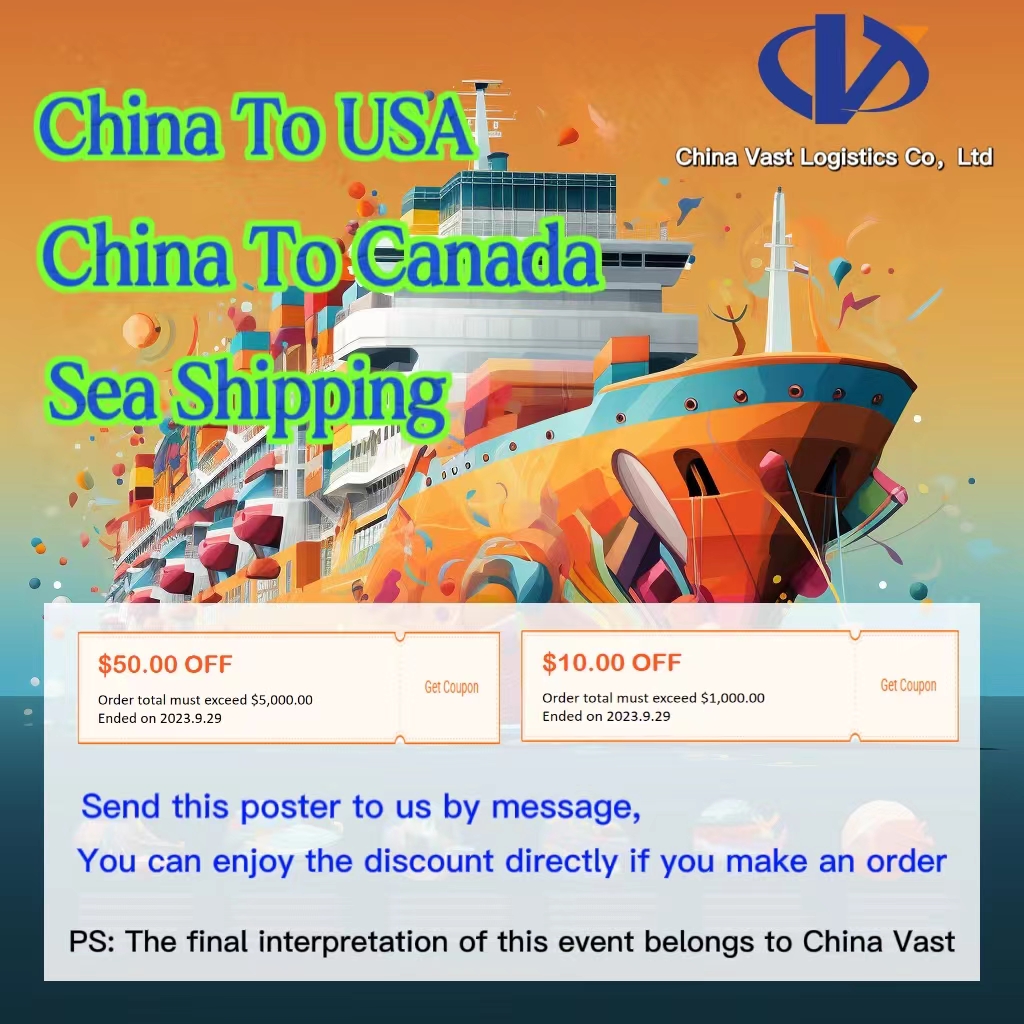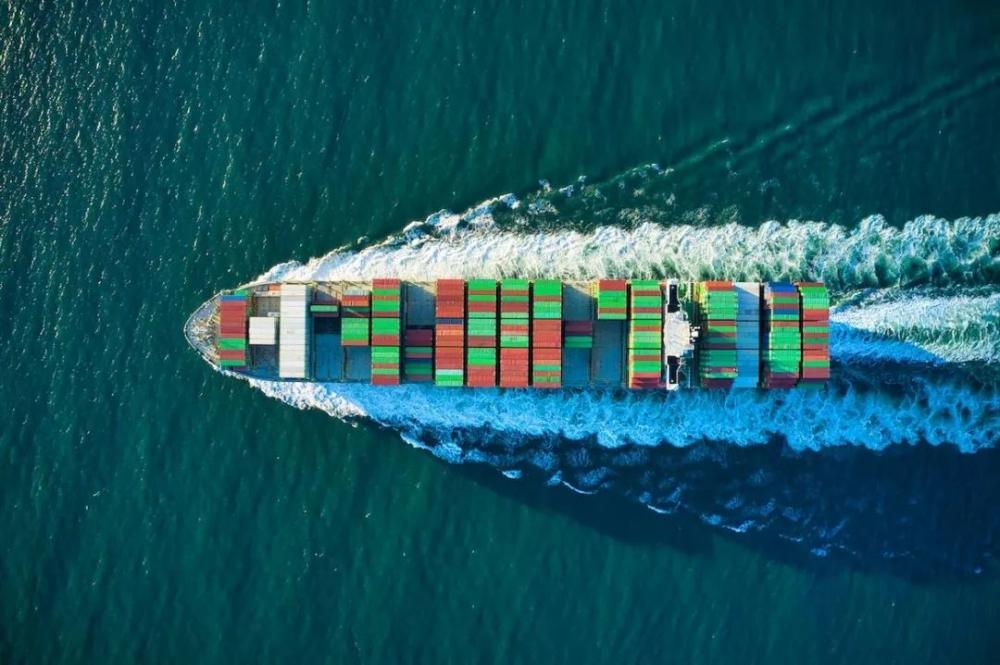
●Technology and innovation: China has leading technology and innovation capabilities in many areas and can provide advanced products and solutions.
●Government support: The Chinese Government has a series of policy support and incentives for foreign trade, such as export tax rebates and foreign investment incentives.
●Low-cost labor: China has a large labor resources and relatively low labor costs, which makes products relatively inexpensive and increases the competitiveness of trade.
●Manufacturing capacity and speed: China has a strong manufacturing capacity that can produce a wide range of products, from electronic equipment to clothing and footwear. And it can produce and deliver products quickly, which is important for urgent orders.
●Production scale: Chinese factories and production bases are usually large enough to accommodate large orders and ensure the supply chain stability.
●Quality control: Chinese companies are increasingly emphasizing quality control, and many have gained a reputation for high-quality products through international certification.
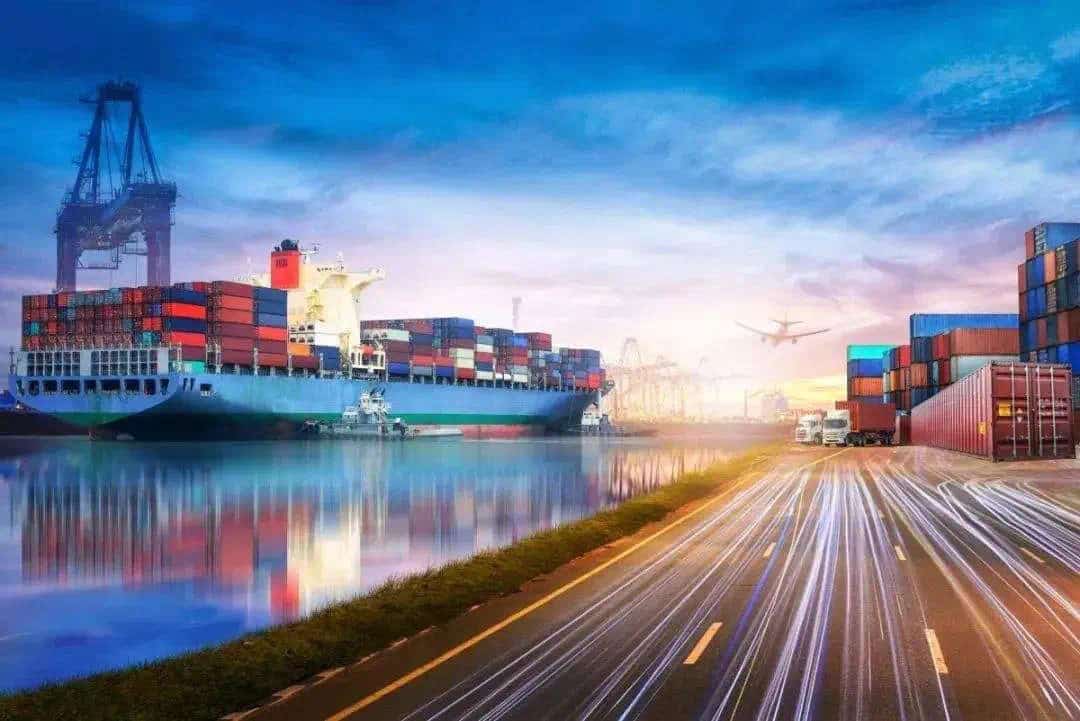
●Product positioning and competitiveness analysis Researching the national market, identifying competitive categories of imported products, and examining potential competitors.
●Quality and reliability The quality of the product is critical. Carefully evaluate the quality control systems of your Chinese suppliers and review their quality certifications and production records to ensure that they are able to deliver high-quality products.
●Cost is an important consideration, including the purchase price, transportation costs, tariffs, and other related fees. Comparisons are made with different suppliers to ensure that competitive prices are obtained.
●Legal and Compliance Requirements: Knowledge of Chinese laws and trade regulations is essential. Ensure that contracts and transactions with suppliers comply with all relevant laws and regulations and adhere to international trade rules.
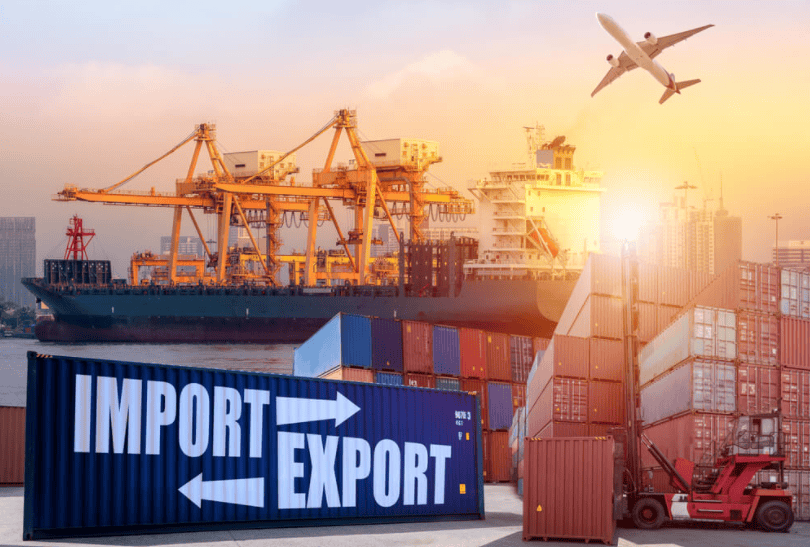
●Risk management: assess the various risks associated with imports from China, including currency risk, political risk, natural disaster risk, and intellectual property risk. Take appropriate measures to minimize the impact of these risks.
●Culture and communication: establishing effective cultural and linguistic communication and understanding cultural differences.
●Security of payment methods Choose relatively reliable payment methods, such as letters of credit, cash on delivery, etc., to reduce the risk of capital.
●Relevant licenses and procedures Know in advance the customs, inspection, and quarantine procedures for the imported goods and have all the documents ready.
●Follow-up after-sales service Consider after-sale support and service for the item.
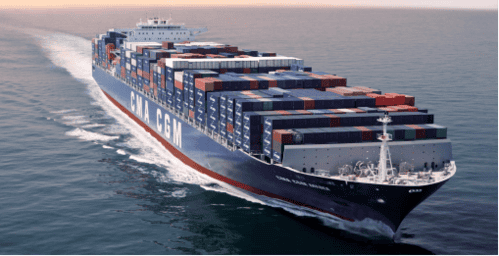
●Customs clearance of imported goods Finding a professional customs broker for customs clearance Prepare all relevant documents in advance for customs inspection. Patience in completing the necessary customs procedures and expediting customs clearance.
●Sales and after-sales Developing sales plans and selecting sales channels Pre-sales preparation and training of the sales team Provide product information and conduct marketing activities. Do a good job of after-sales service, the establishment of customer feedback mechanism.
●Follow-up replenishment and cooperation Feedback with vendors on sales and determine subsequent replenishment plans. Maintaining cooperative relationships with suppliers Restructuring of imported goods based on actual sales.
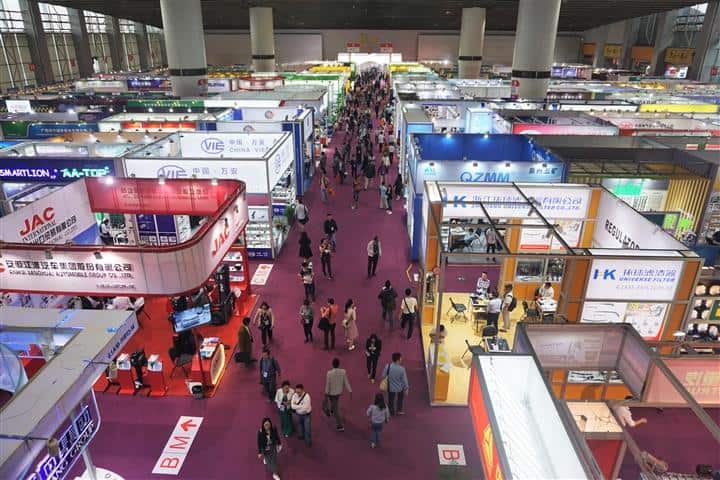
As the “factory of the world,” China has a well-developed supply chain and rich manufacturing experience. The products most imported from China include: bulk consumer electronics, such as cell phones, computers, and televisions; various types of furniture, kitchenware, and daily necessities; children’s toys and models; apparel and textiles; and industrial equipment and parts. In recent years, imports of toys and games have grown the fastest, largely due to China’s design innovation and cost advantages.
Top 10 export categories in China during 2012-2022:
●Electrical and electronic products:China is the world’s largest producer of electronic products
●Machinery and equipment: Including industrial machine tools, transmissions, industrial robots, etc.
●Textiles and clothing:China is the world’s largest producer of textiles and garments
●Children’s toys
●Furniture:China’s furniture manufacturing industry is well developed, and internationally recognized brands have set up factories in China
●Footwear: China is the world’s top footwear producer and exporter
●Luminaire lighting
●Pharmaceuticals: Chinese patent medicines and Chinese herbal medicines have a strong market demand in Europe and the United States, and are China’s traditional advantageous industries
●Food
●Chemical products
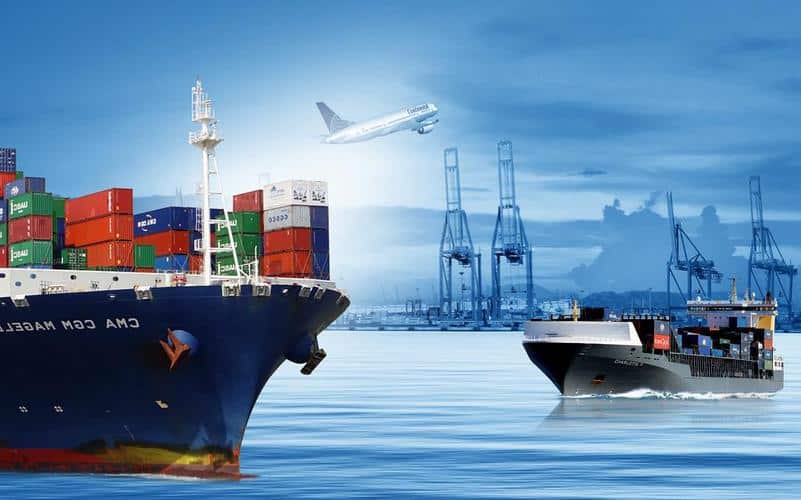
Choosing the mode of transportation is an important part of the import process. Different modes of transportation differ in terms of speed, cost, and transportation restrictions. The most appropriate mode of transportation should be selected according to the specific situation.
Airfreight is the fastest way of transportation, usually, it takes only 1-3 days for the goods to arrive. Its main advantage is that it is fast and can greatly reduce logistics time. However, the cost of air transportation is also the highest, usually 5-10 times more than sea transportation. It is suitable for small volume, light weight, and high-value goods.
Maritime transportation is inexpensive and the most economical way to transport bulk commodities. It generally takes 1-2 months to travel from most ports in China to major ports around the world. Attention should be paid to determining the shipment schedule in advance to arrange production and shipment.
The cost of railroad transportation is between sea transportation and air transportation, and the time is also in the middle of the two. The China-Europe liner provides railroad transportation service from China to Europe. It is more suitable for the transportation of electronic products, machinery and equipment, and other high-value goods.
Express can provide the fastest door-to-door shipping service. Usually, it can be delivered in about 2-4 days. It is suitable for the transportation of documents or samples with high value and high time requirement.
It is recommended to choose the most suitable mode of transportation or use different modes of reasonable transportation arrangements or look for a professional international logistics company to help arrange the entire transportation links. They can provide the best solution.


A1: How to find good suppliers?
Q: You can search on well-known platforms such as Alibaba, or you can find them through offline exhibitions and recommendations from other importers.
A2: How do you ensure a high-quality product?
Q: Quality inspection standards should be clarified with suppliers, and inspections at each stage of production should be organized.
A3: Do I need a license to import from China? Q: Depending on the product, you should inquire about the policy before importing.
A4:What are the payment options?
Q: The common ones are wire transfers, letters of credit, PayPal, and so on.
A5: Do I need product liability insurance?
Q: It is recommended to purchase one that covers the risk of damage or loss of the goods during transportation.

● China, with its leading technology, low-cost labor, and strong manufacturing capabilities, is an ideal source of imports.
● Product competitiveness, quality, cost, supply chain stability, legal compliance, logistics, risk management, and cultural communication need to be considered before importing.
● After completing the import, you need to pay attention to customs clearance, inspection, and quarantine, warehousing, sales and after-sales, replenishment, and cooperation.
● Commonly imported products include electronics, machinery and equipment, textiles, toys, furniture, footwear, lamps, pharmaceuticals, food, and chemicals.
● Different modes of transportation can be selected, such as air, sea, rail, and express, depending on the nature of the goods and their needs.
● It is of utmost importance to establish long-term relationships with reliable suppliers to ensure product quality and supply chain stability.

Welcome to CHINA VAST GROUP, a distinguished enterprise established in 2005. As a leading service provider in China, we specialize in international logistics and supply chain services, with a commitment to innovation, mutual benefit, and win-win partnerships. We operate through three principal divisions: CHINA VAST LOGISTICS CO., LTD., VASTFORTUNE STORAGE AND TRANSPORTATION CO., LTD. and VASTREACH SUPPLY CHAIN CO., LTD., each dedicated to excellence in their fields.
